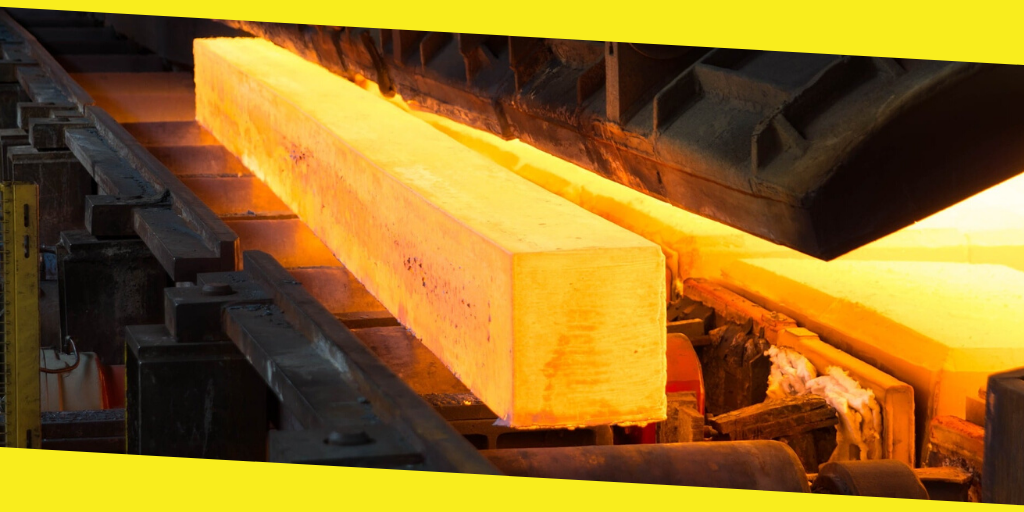
Casting and forging are not the same things. In fact, they are two different ways to form steel. Steel is made to components through both procedures. And, the terms are interchangeable in many people’s conversations. However, that does not mean they are the same. Forging and casting are in fact completely different with completely different results.
A forging company will heat the metal and then beat it into shape. For a better understanding of what forging is, think of the horseshoe guy back in the day. He would heat up the horseshoes and pound on them to get them to form the way he wanted them. Or blacksmithing is another way to think of it. As they work hard to pound the metal into the desired shape. This is a very slow and time-consuming process. But, it is needed for some applications. Forging is best for unique shapes and one of a kind products. It is best known for its strength.
Casting is when the metal is heated to a liquid state and poured into a mold. It will take the shape of the mold as it cools. When cooling the temperature in the core is different than that of the outside, which adds to the weakness of the object. Casted objects are more practical for objects that need a precise shape and casting is best for mass production. There are many ways to cast a material. And, it has a much better price point than that of forging.
Forging offers less surface porosity, higher tensile strength. better fatigue life/strength, finer grain structure, and greater ductility. When you cast something you are changing it at the molecular structure and this weakens the material. For more questions refer to a forging company in your area.
What are the needs of the end components?
If you have components that are going to have to prove themselves such as shackles. You better have them made from forging and not from casting. These important components will stretch and break if they are cast. However, as a forged component they can be used to pull even the heaviest of loads.
However, forging is more expensive but it is better as well. So, what you are using the end component for should be considered. If the end component is going to be under a large load, then forging is the way to go. Casting allows for the designer to have more freedom and for the parts to be completely duplicated over and over again. However, the parts are compromised as they are reformed. Heating the material to liquid state changes the molecular structure. This is important to understand when you are trying to decide if you need a cast or forged part.
The strength of castings is that large and complex parts can be produced. There is a high production rate with amazing design flexibility. However, the weaknesses are porosity issues, shrinkage issues, cracks and tearing that can easily occur, and misruns can happen. With forging you have a much higher strength in the end product but the shape is limited when there are undercuts or other more complex design issues. Deciding on which is best for your application means you need to look at the desired end part.